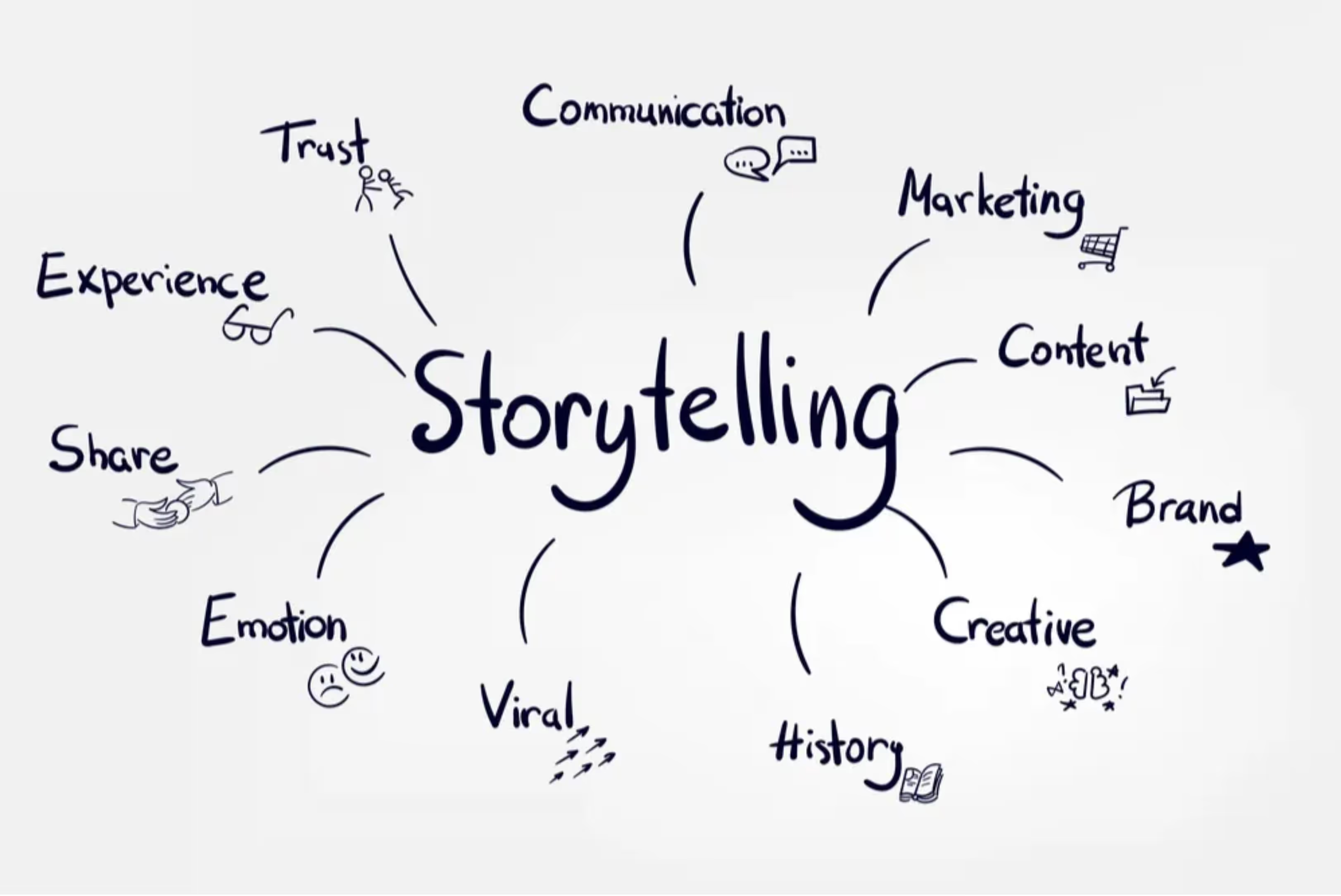In today’s crowded market, where attention is the scarcest resource, facts alone rarely cut through. What people feel about your brand is often what guides their choices, loyalty, and willingness to pay a premium. That’s where brand story - the narrative you build around your purpose, values, and journey - becomes a powerful tool. A strong story doesn’t just decorate your brand; it shapes how people see you, how they remember you, and ultimately, whether they become your customers (or stay with you for life).
Why Narrative Impacts Perception and Behavior
1. Emotional connection & memorability
Humans are wired for stories. Narratives engage the brain in ways a list of features and specs rarely do. Research shows that when brands tell meaningful stories, consumers are more likely to remember them. When a story resonates - with values, desires, or struggles - it sticks. And when your brand is easy to recall, people are more likely to think of you when making choices.
2. Authenticity builds trust
In a world where skepticism is everywhere, people respond when brands are real. A narrative that includes human elements - founders’ origins, challenges, motivations, impact beyond profit - helps customers believe not just what you sell, but who you are. Authentic stories lead to trust. And trust lowers friction: fewer objections, more willingness to try, more loyalty.
3. Differentiation in a sea of sameness
Many products are similar. Many startups fight over nearly-identical value propositions. A strong brand story helps you stand out by making what you do not just what, but why and how. It gives context, a unique lens, a position in the customer’s mind. Brands that succeed at this often become the ones people use as shorthand: not “cheap widget”, but “widget that cares about X”, “widget that solves Y meaningfully”.

4. Influences purchase decisions and sales
It’s not just about feeling good - brand narrative has measurable effects. Studies have found that storytelling (especially when it addresses customer needs or pain points) can increase conversions by up to ~30%.Also, when consumers feel aligned with your narrative (values, mission, personality), they are likelier to pay more, stay longer, and refer others.
5. Builds loyalty & advocacy over time
Once someone sees themselves in your story (or a part of it), they often become more than just a transaction: they become an advocate. They spread your story, defend it, stay when it’s easier to jump ship. Narrative helps turn users into fans.
Key Elements of a Powerful Brand Story
To harness narrative well, it’s not enough to have a story - it must be structured, authentic, and integrated. Here are what the most effective stories include:
- Purpose & mission: Why does your brand exist beyond earning profit? What change do you want to bring?
- Origin journey: Where did you start from? What inspired the idea? What obstacles have you overcome?
- Values & personality: What do you believe in? What behaviors define you? What emotional tone do you want your brand to convey?
- Customer as hero: Frame your story so that the customer (or user) is the hero, and you help them resolve their challenge. It keeps the narrative relevant to their needs.
- Conflict & resolution: Stories need tension. What problem or status quo are you challenging? How are you solving it differently? What results (ideally with proof) do you deliver?
Consistency across touch points: Your story must echo everywhere - website, packaging, social media, product UX, customer support. Replicated inconsistently, the narrative loses credibility.
Ready to Build Your Brand Story?
Transform your narrative from what you do into why it matters. At Nafs.dev, we help you define purpose, values, conflict, and proof - then weave that story into every touch point so you’re memorable, trusted, and chosen.
Case Examples & Study Insights
- One article noted that storytelling boosted conversions by up to 30% when used to address customer questions and context (versus just listing features).
- From research by Headstream, 55% of consumers are more likely to purchase from a brand with a compelling story, and brands whose stories resonate are more frequently shared by their audience.
Forbes has pointed out that using brand narrative not only helps clarify who you are as a brand, but helps find and align with the audience you want — those whose values, identity, or aspirations match yours. That alignment reduces friction and increases retention.
How Founders Can Shape Their Brand Story Before & After Launch
Here are practical steps you can take (whether pre-launch or scaling) to build a narrative that works:
- Interviews / listening - Talk to early users or prospective customers. What are their pain points? What stories are they already telling about the market or problem you address?
- Define your core story framework - A narrative skeleton that includes your cause, origin, values, key conflict, value proposition. Use it to guide all messaging.
- Visual & verbal alignment - Ensure your visuals (logo, colors, imagery, UI style) match the emotional tone of your story. Your voice / tone (website copy, marketing collateral) must echo it too.
- Use proof points & data - Customer testimonials, metrics, press, case studies. When people see real outcomes, the story feels credible, not just aspirational.
- Tell the story everywhere - Not just in “About Us” pages. Integrate it into product UX, onboarding experiences, marketing, packaging, social media. Touchpoints matter.
Iterate & evolve - As your business grows, you’ll learn more about your audience, product, market. Your story might need tweaks. Keeping it static can make it feel stale or disconnected.
Conclusion
Your product can be excellent. Your tech fluent. Your marketing budget generous. But without a compelling narrative, many potential customers will never emotionally connect with you - and that’s where growth slows, churn grows, and your brand stays “just another option.”
A well-crafted brand story does much more than help you sound good. It changes how people carry you in their minds, how they talk about you, what they believe you stand for, and whether they choose to trust (and spend with) you.
If you’re building your brand story (or feel yours is murky), taking the time to define and embed it can transform perception - and unlock stronger sales, deeper relationships, and long-term vitality for your business.
Ready to Build Your Brand Story?
Transform your narrative from what you do into why it matters. At Nafs.dev, we help you define purpose, values, conflict, and proof - then weave that story into every touch point so you’re memorable, trusted, and chosen.



